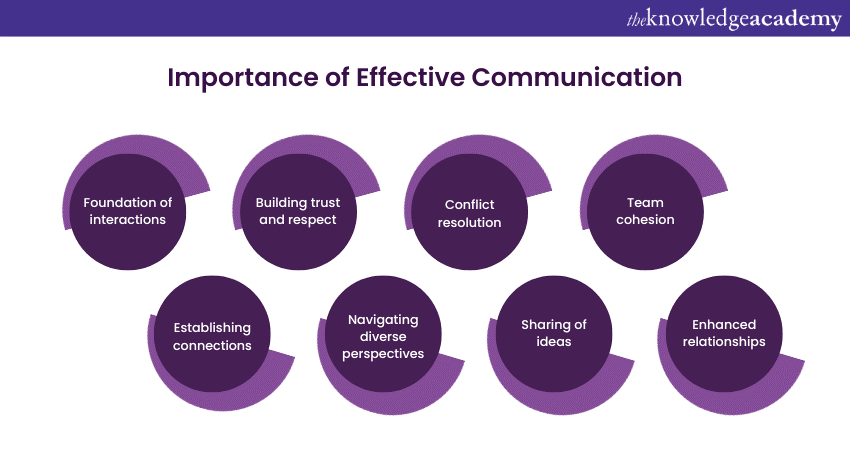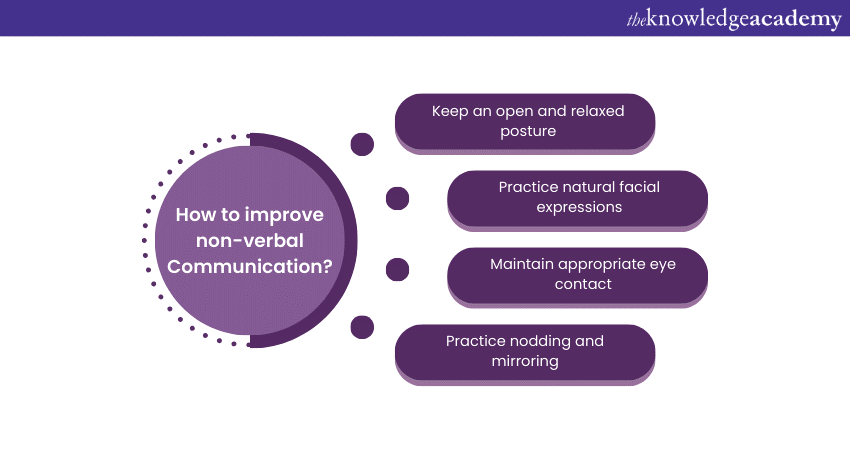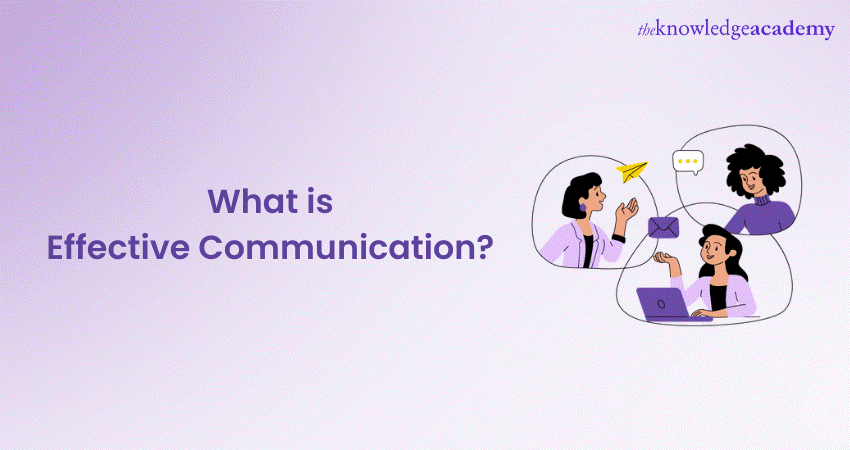
Effective communication is essential in all areas of life, particularly in personal and professional contexts. It involves the exchange of information in a manner that promotes understanding, collaboration, and connection. Several key elements contribute to successful communication, which can be categorized into principles, strategies, and techniques.
Core Principles of Effective Communication
Clarity and Conciseness

At the heart of effective communication lies the ability to convey messages clearly and concisely. Utilizing simple language eliminates ambiguity, ensuring that messages are easily understood by the audience. As stated in the sources, 'Effective Communication hinges on mutual understanding' and involves 'articulating a message in such a manner that it is not only received but also wholly understood'[2]. Keeping messages concise encourages interest and retention, allowing audiences to grasp core ideas without the distraction of unnecessary details[3].
Active Listening

Listening is just as crucial as speaking in the communication process. Active listening requires full concentration on the speaker, without formulating responses while the other person is talking. Engaging fully with the speaker's message enhances understanding and allows for more meaningful interactions. The importance of this skill is highlighted by the observation that 'we only hear about half of what the other person says during any given conversation'[1]. Thus, recognizing and responding to the emotions and intentions behind the spoken words fosters deeper connections.
Nonverbal Communication

Effective communication is not limited to verbal and written messages; nonverbal cues like body language, facial expressions, and tone also play a significant role. For instance, nonverbal signals can convey emotions and attitudes more powerfully than words alone. In fact, it is noted that 'nonverbal cues can have between 65 and 93 percent more impact than the spoken word'[1]. Being aware of these cues allows communicators to adjust their approach and ensure their messages are consistent and supportive.
Essential Techniques for Effective Communication
The Seven C’s of Effective Communication

One effective framework for enhancing communication skills is the Seven C's, which include:
Concise: Keep messages short and straightforward.
Clear: Ensure clarity in the message conveyed to avoid misinterpretation.
Concrete: Provide specific, actionable details or solutions.
Correct: Avoid grammatical and factual errors.
Complete: Deliver all necessary information without omitting critical details.
Coherent: Structure messages logically for better comprehension.
Considerate: Approach communication with respect and politeness[2].
Tailored Communication

Understanding the audience is vital for effective communication. Tailoring messages to audience values and interests greatly enhances engagement. 'Keeping your audience in mind' and 'considering the best method to deliver your message' ensures that communications are impactful and relevant[3]. This involves adjusting the communication style to match the preferences and cultural contexts of the audience.
Empathy and Understanding
Empathy is crucial for effective communication, as it helps in recognizing and valuing diverse perspectives. By actively acknowledging others’ viewpoints and being attentive to their emotions, communicators can foster an environment of trust and rapport. The sources emphasize that 'recognizing and managing emotions is a part of emotional intelligence' which enhances communication effectiveness[1][2].
Feedback Mechanisms
Incorporating feedback is essential to confirm that messages are correctly understood. Regularly seeking verification and addressing any ambiguities helps safeguard against miscommunications. Establishing robust feedback mechanisms ensures clarity and facilitates immediate resolution of issues that may arise during communication[2][3].
Strategies to Overcome Barriers
To ensure effective communication, it is essential to identify and address potential barriers. Language differences and cultural disparities can create obstacles, so recognizing these differences can help streamline interactions. Adapting communication strategies to suit varying scenarios and continually refining skills through feedback can reduce misunderstandings and foster clearer messages[3][4].
The Environment for Communication

The overall environment also impacts effective communication. A workplace culture that emphasizes trust, transparency, and openness will promote better communication. 'Communication can only be effective in a culture that is built on trust'[1]. This foundation allows for constructive dialogue and minimizes the likelihood of conflicts arising from miscommunications.
Conclusion
In summary, effective communication is a multifaceted process that involves clarity, active listening, nonverbal cues, empathy, and feedback mechanisms. By applying the principles of concise and clear messaging, understanding your audience, and fostering a supportive communication environment, individuals can enhance their interactions in both personal and professional life. By continually refining these skills, individuals can navigate the complexities of communication and ensure that their messages are not only sent but also received and understood effectively.
Get more accurate answers with Super Pandi, upload files, personalized discovery feed, save searches and contribute to the PandiPedia.
Let's look at alternatives:
- Modify the query.
- Start a new thread.
- Remove sources (if manually added).